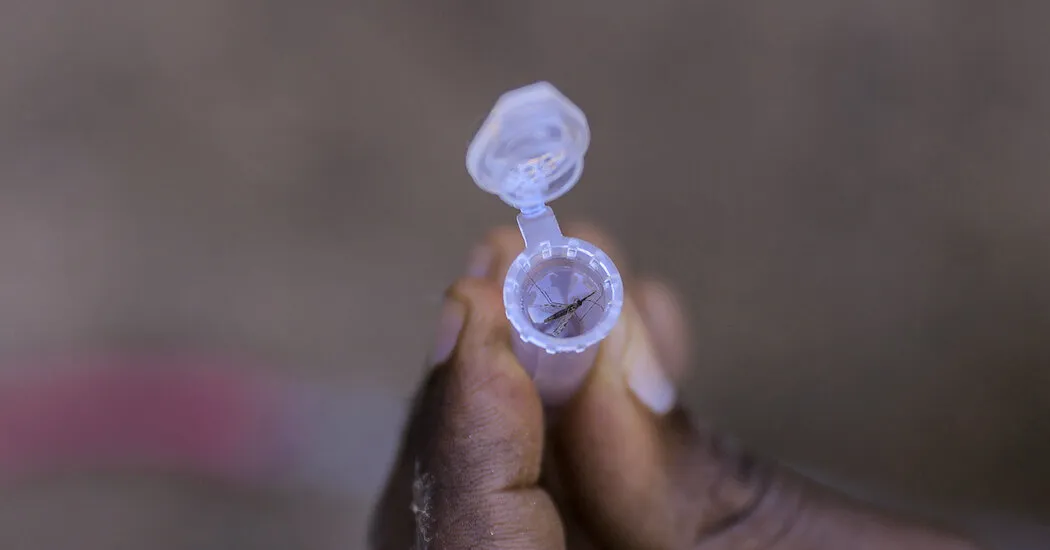Malaria and Climate Change: Understanding the Surge in Disease Rates in Ethiopia

Malaria Surge in Ethiopia Linked to Climate Change
Recent studies reveal that malaria rates in Ethiopia are climbing, influenced significantly by climate change. Scholars emphasize that rising temperatures and changing rainfall patterns create ideal conditions for mosquito populations to thrive, leading to increased transmission rates. Furthermore, invasive species and evolving resistance to insecticides and treatments compound the issue, adversely affecting public health initiatives.
Contributing Factors to Disease Rates
- Climate Change: Alters habitats facilitating mosquito proliferation.
- Invasive Species: Disrupts local ecosystems, aiding disease spread.
- Resistance: Growing ineffectiveness of conventional treatments.
The situation calls for urgent action and targeted policies to combat malaria effectively.
Hope for the Future
While the health landscape is changing, innovative solutions are underway. Emphasizing research in malaria treatments and community education can reset the course towards regaining control over this public health challenge.
This article was prepared using information from open sources in accordance with the principles of Ethical Policy. The editorial team is not responsible for absolute accuracy, as it relies on data from the sources referenced.